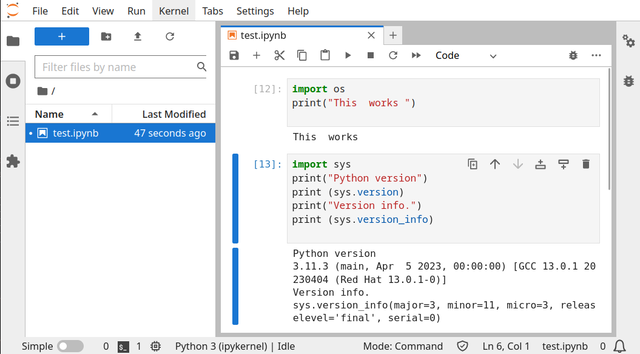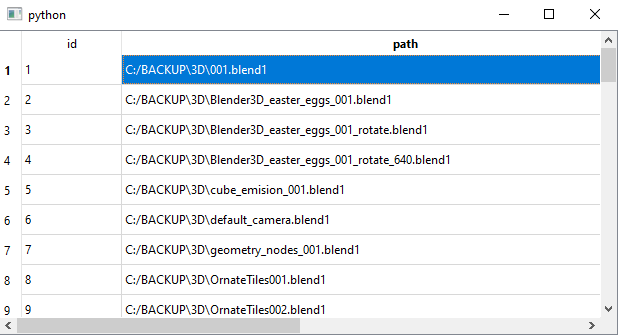Exo is a domain-specific programming language that helps low-level performance engineers transform very simple programs that specify what they want to compute into very complex programs that do the same thing as the specification, only much, much faster.
You can find it on GitHub project and on the official webpage.
Let's install it with pip tool:
C:\PythonProjects>mkdir exo-lang_001
C:\PythonProjects>cd exo-lang_001
C:\PythonProjects\exo-lang_001>pip install exo-lang --user
Collecting exo-lang
Downloading exo_lang-0.0.2-py3-none-any.whl (142 kB)
...
Successfully installed PySMT-0.9.5 asdl-0.1.5 asdl-adt-0.1.0 astor-0.8.1 exo-lang-0.0.2 tomli-2.0.1
yapf-0.33.0 z3-solver-4.12.2.0Let's test with this default example but using virtual environments
This allow me to install Python packages in an isolated location from the rest of your system instead of installing them system-wide.
C:\PythonProjects\exo-lang_001>pip install virtualenv --user
...
C:\PythonProjects\exo-lang_001>python -m venv venv
C:\PythonProjects\exo-lang_001>venv\Scripts\activate.bat
(venv) C:\PythonProjects\exo-lang_001>python -m pip install -U setuptools wheel
Successfully installed setuptools-67.8.0 wheel-0.40.0
[notice] A new release of pip available: 22.3 -> 23.1.2
[notice] To update, run: python.exe -m pip install --upgrade pip
(venv) C:\PythonProjects\exo-lang_001>python.exe -m pip install --upgrade pip
Requirement already satisfied: pip in c:\pythonprojects\exo-lang_001\venv\lib\site-packages (22.3)
Collecting pip
Using cached pip-23.1.2-py3-none-any.whl (2.1 MB)
...
Successfully installed pip-23.1.2
(venv) C:\PythonProjects\exo-lang_001>python -m pip install exo-lang
...
Installing collected packages: z3-solver, PySMT, asdl, tomli, numpy, attrs, astor, yapf, asdl-adt, exo-lang
Successfully installed PySMT-0.9.5 asdl-0.1.5 asdl-adt-0.1.0 astor-0.8.1 attrs-23.1.0 exo-lang-0.0.2 numpy-1.24.3
tomli-2.0.1 yapf-0.33.0 z3-solver-4.12.2.0
Let's try a simple example from official webpage:
(venv) C:\PythonProjects\exo-lang_001>notepad example.py
# example.py
from __future__ import annotations
from exo import *
@proc
def example_sgemm(
M: size,
N: size,
K: size,
C: f32[M, N] @ DRAM,
A: f32[M, K] @ DRAM,
B: f32[K, N] @ DRAM,
):
for i in seq(0, M):
for j in seq(0, N):
for k in seq(0, K):
C[i, j] += A[i, k] * B[k, j]Use this command and check the out folder:
(venv) C:\PythonProjects\exo-lang_001>cd out
(venv) C:\PythonProjects\exo-lang_001\out>dir
...
example.c example.hIf you want to know more see this video from youtube:




